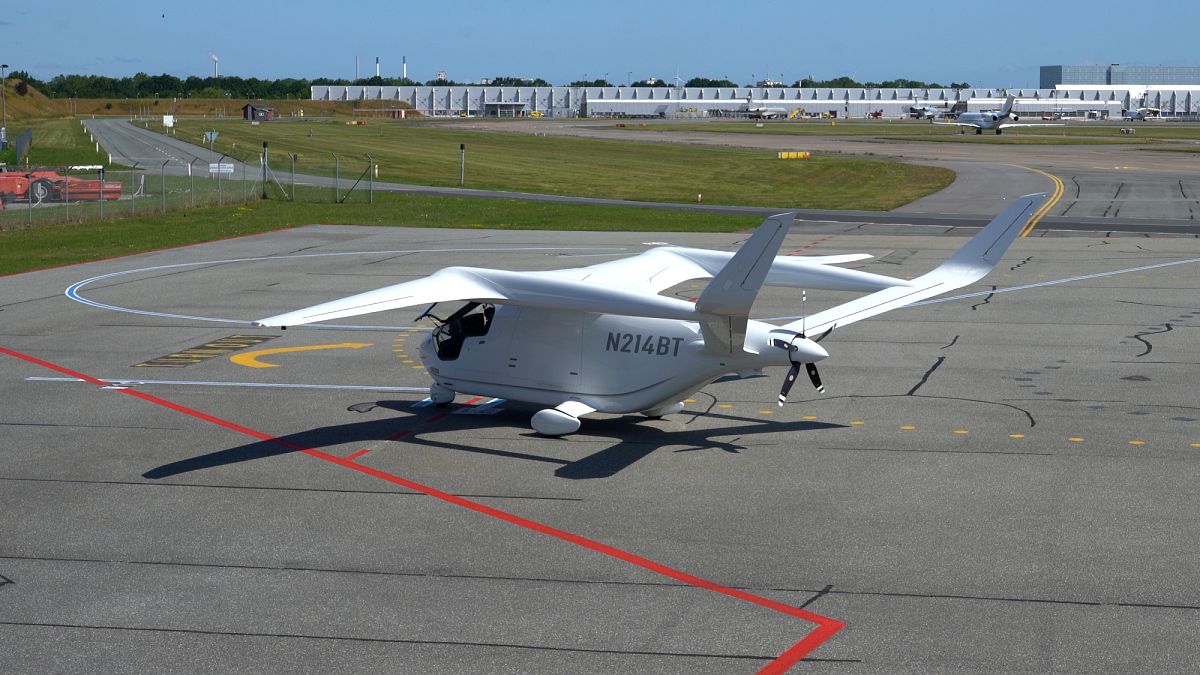

In a world that swiftly advances toward a sustainable future, innovative strides in technology and infrastructure are creating a landscape of opportunities and transformations. From the skies of Denmark to development banks’ boardrooms and cutting-edge AI labs in the UK, remarkable initiatives are taking shape to address environmental needs and future-ready solutions.
The aviation industry is seeing a groundbreaking shift as Denmark witnesses its first test flight of an electric aeroplane. With the ability to be charged using the same fast chargers as electric vehicles in a mere 20 to 40 minutes, this endeavor reflects a paradigm shift in eco-friendly air travel. As airports observe this promising innovation, the gradual necessity to expand their charging infrastructures becomes clear, paving the way for a new era in aviation where carbon footprints are significantly reduced.
As the aviation sector ascends to new heights, so does the urgency to build climate-resilient infrastructure globally. Development banks are stepping in as pivotal players to mend the global investment gap in sustainable infrastructure. Faced with challenges from environmental adversities like floods and blackouts, these banks are orchestrating efforts to fast-track the development of infrastructure geared towards climate resilience. While ambitious, the efforts continue to evolve at a thoughtful pace, aligning with ecological needs and containing the capital to keep moving forward.
Concurrently, technology and innovation find yet another ally in significant financial commitments from major players like Meta. This tech giant is exemplifying corporate responsibility by pledging a $1 million grant toward enhancing the UK government’s AI workforce. This commitment underlines the growing emphasis on fostering technological advancement, enabling the UK to develop cutting-edge AI technologies that have far-reaching implications for industry and governance alike.
These initiatives, while diverse in their focus and application, converge on a common theme: a commitment to sustainable, innovative solutions to future challenges. They highlight the interconnectedness of technology, infrastructure, and industry priorities that aim to foster a harmonious balance with the environment and enhance societal capabilities.
As we sail into this promising horizon, witnessing these developments unfold signifies not only a commitment to immediate necessities but also a profound investment in the future’s prospects. With each step forward, from electric flights that cut emissions to infrastructures that predictively guard against climate disruptions, and AI systems that bolster workforce capabilities, it’s clear that change is in the air, on land, and in the fabric of industry.
The integration of these transformative projects highlights the profound changes possible when innovation meets intention. It resonates with a hopeful anticipation that through continuous effort, collaboration, and investment, a sustainable, efficient, and technologically advanced future is not just a vision but an impending reality.
Source: {link}
